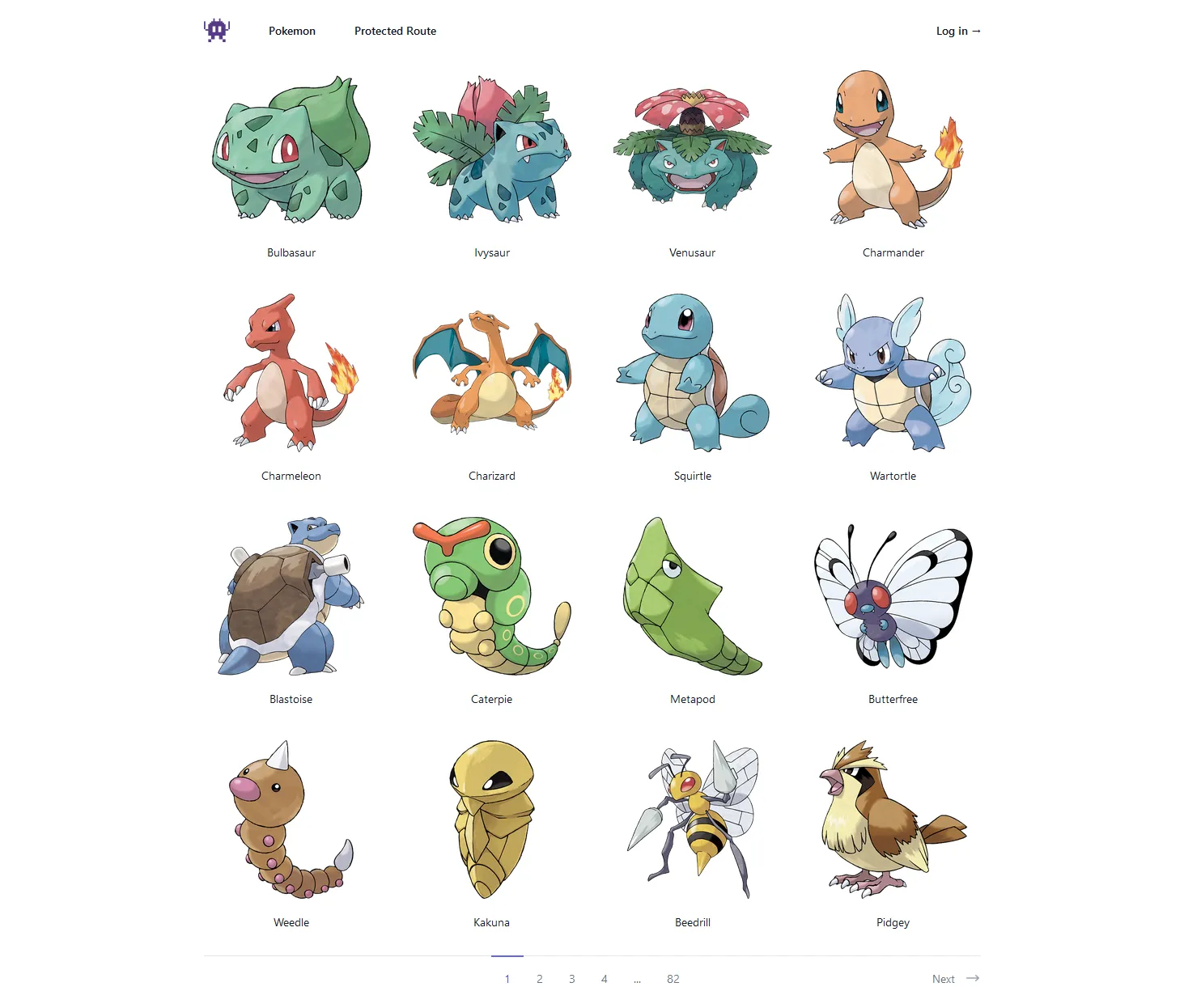
Full Stack Web Development in Rust
Brief description
- Built an API in Rust and a website in HTMX and tailwindcss
- Used traits in Rust to define shared behavior as contracts to be fulfilled by services, handlers, and ETL procedures
- Implemented user authentication and authorization from scratch
- Built a scrapping program to collect data and stored it in Postgres database
Technical Details of the design
Why always define trait and associated type for handlers, services, and pages?
Since fundamentally most of these api functions are stateless, we don’t actually have a instance storing its own state
so Self::create_router would still be better than a separated fn create_router(service: impl HasCatalogHandlers) -> Router<AppState>;
in that we don’t need to pass a instance of service to the every functions, a associated type would be sufficient and reduce code duplication.
Moreover, there are many common behaviors that should be shared between layers and inside the same layer. It provides a convenient way to reuse the shared behaviors through trait methods or default implementations in the same trait or in the associated type which requires a trait bound. It also ensures that every new struct is enforced to implement the same behaviors before being introduced.